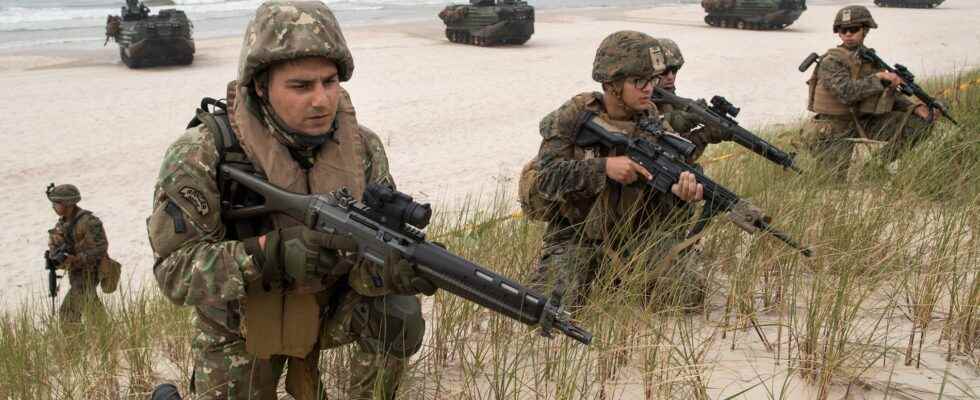When Sweden and Finland join NATO, the Baltic Sea will be transformed into a NATO inland sea. The increased deterrent effect is expected to reduce tensions and the risk of war in the region.
The uncertain card is what Russia chooses to do.
It is enough to bring out the map and take a look at the Baltic Sea coastline. It will soon be bordered by purely NATO countries, except for a short stretch at the Russian exclave of Kaliningrad, which is sandwiched between Poland and Lithuania, and a shorter coastal strip around St. Petersburg in the Gulf of Finland.
A look at the map and it is easy to understand that NATO welcomes Sweden and Finland. It will be the largest territorial enlargement since Greece and Turkey joined in 1952, and Swedish and Finnish defense capabilities will also strengthen NATO in the Baltic Sea region.
– The ability to deter on the west side will be strengthened, and ultimately also the ability to defend in the event of a conflict. This is a fact, because it will be much easier for the West to coordinate the defense in our immediate area, says Krister Pallin, research leader at the Swedish Defense Research Agency FOI.
– Then you can never know how far it will go. It depends on how the Russians perceive it all.
Deterrent
The new Swedish and Finnish security policy analyzes state that Sweden’s and Finland’s membership of NATO raises the threshold for the use of military force in the Baltic Sea region, which is expected to increase stability in the region in the long term.
– The deterrent effect is the most important. An attack on a member country is an attack on everyone, says Ilmari Käihkö, associate professor of war science at the Swedish National Defense College.
Today, the defense of the Baltic countries is a difficult task. They are neighbors of Russia, relatively small and are not considered to have a sufficiently effective defense. With Finland and Sweden, a strategic depth is added.
– It has always been difficult to defend those countries and now it will be much easier because of Sweden and Finland, for example it will be easier to provide air and naval support from our territories. It will make things a lot easier, says Ilmari Käihkö.
When Finland and Sweden join NATO, the alliance’s land border with Russia will double and NATO will also move closer to strategically important areas in Russia, such as the Kola Peninsula and St. Petersburg.
– The Russian navy will probably be completely isolated in the St. Petersburg area if there is a war. This is a risk that Russia is aware of, says Ilmari Käihkö.
Troop movements
For example, one can expect Russian troop movements. But also the deployment of smaller nuclear weapons in Kaliningrad – if they are not already there.
– We can expect the Russians to want to strengthen, but it will take time, not least now that Russia has few resources available due to the war in Ukraine. But it also takes time to build military infrastructure, so it can take a number of years to build new bases, for example at the Finnish border, says Käihkö.
Krister Pallin also points out that Russia is currently busy with the war in Ukraine. And it is also difficult to predict what military capability Russia will retain after the war.
– But in the short term, it can follow a period of increased tension, in relation to what we have had in the last 10-15 years, he says.
– Russia has an interest in showing strength, but also in showing its own population that it defends Russia.
Height threshold
Although Russia’s future actions, both in the short and long term, are a factor of uncertainty, the assessment is that the threshold for military conflicts will be raised with Swedish and Finnish membership.
– Our calculation is that NATO is strengthened, and we become part of the collective defense, so even if Russia will be dissatisfied with the outcome, their opportunities to do something military in practice will decrease, says Krister Pallin.
